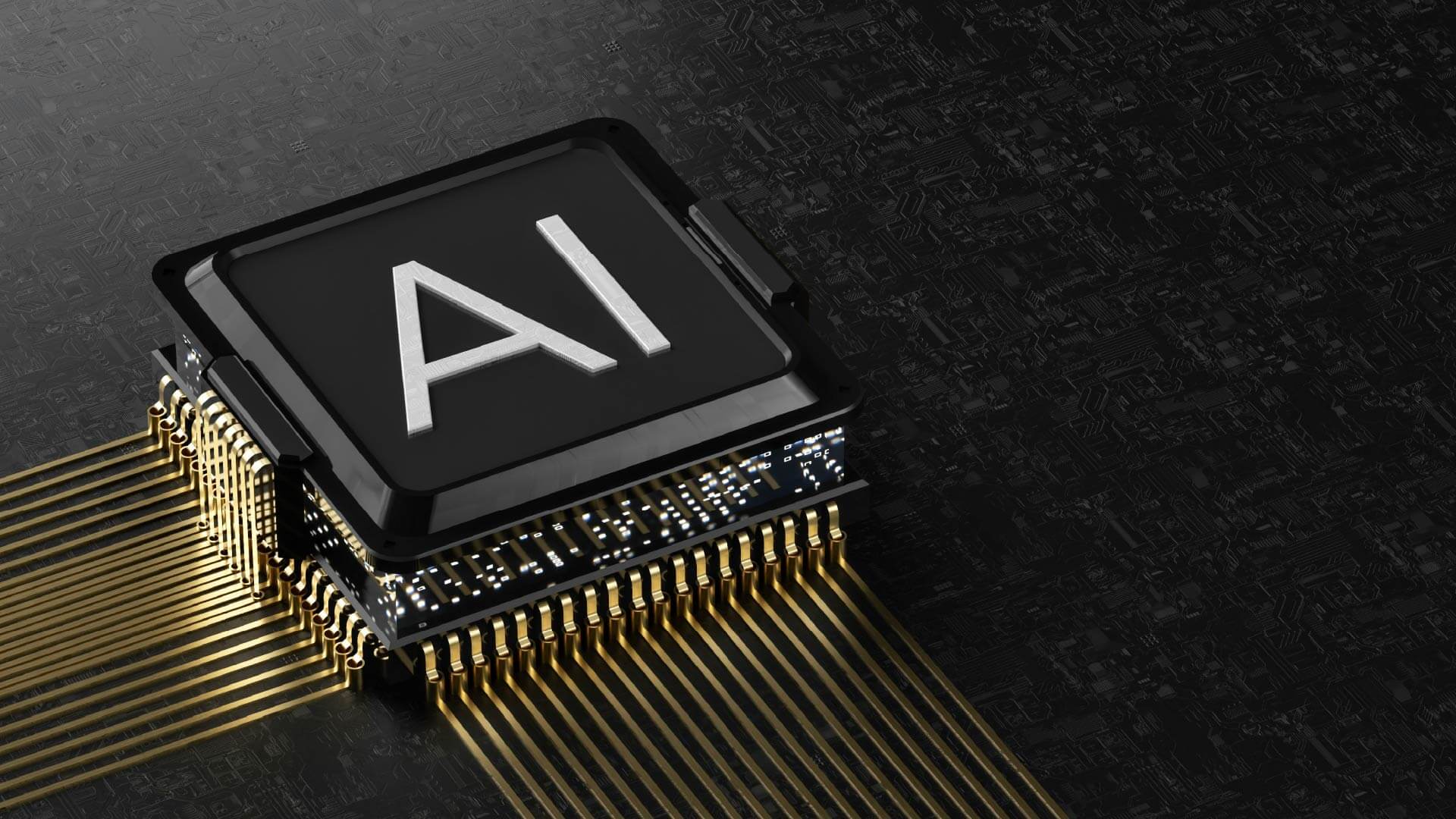Smart Innovators: Digital Twins For Industrial Facilities
Access this research
Access all Industrial Engineering Design Software content with a strategic subscription or buy this single report
Need help or have a question about this report? Contact us for assistance
Executive Summary
In this report we provide an overview of digital twin solutions for industrial facilities and applications. We outline the dynamic operational framework of a digital twin and break down the functionalities underpinning each of the five distinct sophistication levels of digital twins. Speaking with 22 suppliers, we find that the digital twin supplier landscape is convoluted, and only a handful of suppliers are able to offer all the functionality required to create, sustain and operationalize a digital twin. Following a customer-centric approach, we detail the use cases and value propositions digital twins offer across a project’s life cycle. We highlight the functionality – in terms of depth of simulations, analytics and data management – required to embark on a digital twin project, considering business objectives as well as the maturity of the organization in terms of asset management.Not All Industrial Digital Twins Are Built Equal
Dynamic Digital Twins Mandate Quasi-Real-Time OT, IT and ET Data Exchange
Digital Twins Connect Up To Six Different Categories Of Data
Digital Twin Sophistication Levels Dictate Functionality Requirements
Introducing The Fragmented Make-Up Of The Digital Twins Supplier Landscape
Digital Twins Provide Users With Tools To Enhance Facility Design, Operation And Safety
Digital Twins Improve Budgeting And Engineering Of Asset-Intensive Capital Projects
Digital Twins Boost Performance And Safety Of Operations And Maintenance
Digital Twins Deliver Added Value By Providing Increased Visibility Into Process And Team Performance
The Market For Industrial Digital Twins Is Undergoing Fast Development
Figure 2. Digital Twin Components And Data Streams
Figure 3. Functionalities Required For Each Digital Twin Sophistication Level
Figure 4. Market Landscape Of Digital Twin Technology Providers
Figure 5. Digital Twin Use Cases Along The Project Life Cycle
Figure 6. Value Propositions Of Digital Twins For Industrial Facilities
Figure 7. Breadth Of Functionality And Industry Coverage Of 34 Digital Twin Technology Suppliers
About the Authors

Victor Voulgaropoulos
Director, Advisory Services
Victor is a Director in the Verdantix Advisory practice, where he leads pre-deal and growth strategy engagements for private equity firms, software vendors and corporates. Wit...
View Profile
Malavika Tohani
Research Director
Malavika is a Research Director at Verdantix, guiding research that explores how digital technologies and services are reshaping industrial operations to become safer, more ef...
View Profile
